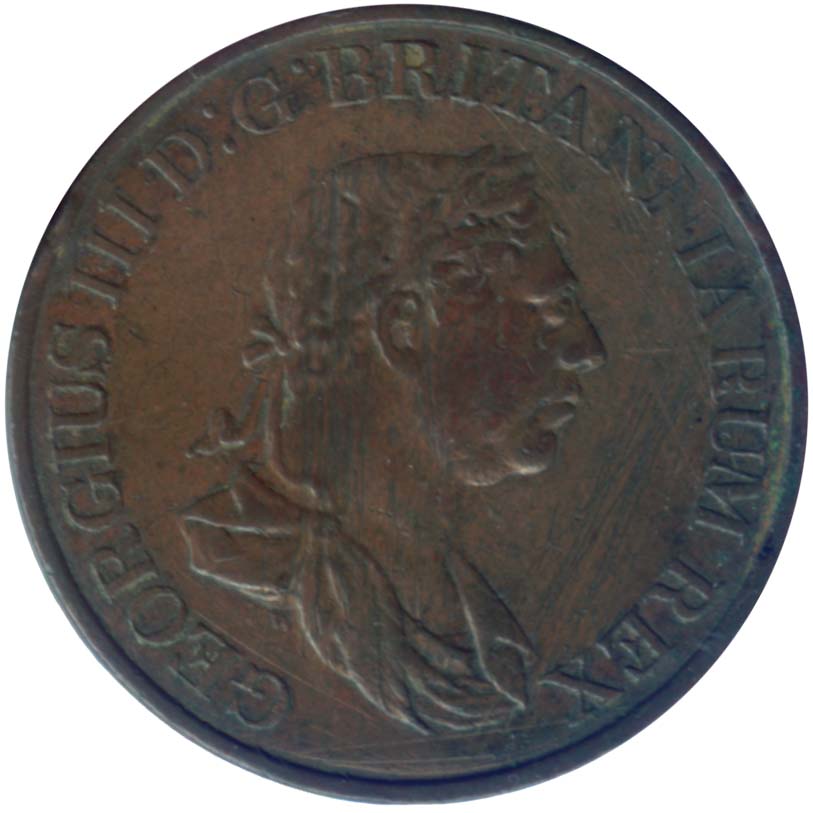
On 1814, April 1st, an Order in Council, authorized 200,000 rix-dollars in copper coinage. Three denominations, the 2, 1 and 1/2 stiver amounting to 80, 60 and 25 thousand rix-dollars respectively were struck for circulation. All coins struck bear the date 1815. These Stivers were demonetized along with the fanam and Dutch duits by proclamation of 1874, March 17th.

| |||||
| KM80 | 1815 | Half | Stiver | copper | coin |
| KM81 | 1815 | One | Stiver | copper | coin |
| KM82 | 1815 | Two | Stiver | copper | coin |
The same order in Council authorized 100,000 silver one rix-dollars
and the 200,000 rix-dollars of copper coinage was to consist of five
denominations 2, 1, 1/2, 1/4, 1/8 stuivers.
On the 1st December, 1814, the Royal Mint, London, received orders
from the Treasury to strike the coinage.
Dies were sunk for the copper 1/4 Stiver but not struck.
The dies were engraved by Thomas Wyon, jr.
The metal at 50 stivers to the pound for this issue was obtained from the Tower halfpence demonetized in England.
The Dick Ford collection (in Taisei-Baldwin-Gillio Auction#19 1995 February 23 Singapore) sold the set of the 3 coins (2, 1 and 1.2 Stiver) (lot#186) in Proof and (lot#185) in nearly Mint state for hammer price of US( $800/-,$280/- +10% buyers premium).
Dies were prepared for the silver rix-dollar but only a few proof specimens exist. The design was used in the 1821 coin.
Text edited from
Ceylon Coins and Currency By H. W. Codrington. Colombo 1924
Page 150, 154 Chapter XI British - Coins struk in England - Plate 151.